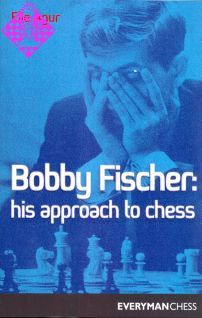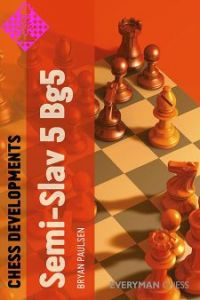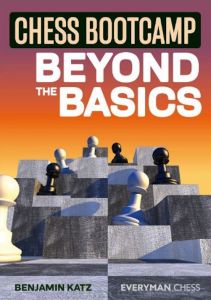Artikelnummer
LXAGUFHATC
Autor
Bobby Fischer: His Approach to Chess
276 Seiten, kartoniert, Everyman, 1992
The return in 1992 of American Grandmaster Bobby Fischer against his old rival Boris Spassky has reawakened interest in the games of one of the most determined World Champions of all time.
To Fischer chess is a highly competitive sport which requires not only meticulous opening preparation, a high state of tactical alertness and perfect technique, but also a constant striving for the initiative, immense will to win and even calculated risktaking.
In 1972, when he won the supreme crown, he was years ahead of his time in his chess understanding and he influenced the way competitive chess is played today. Now he is back, all chess enthusiasts will be able to compare Fischer with the younger generation such as Kasparov and Short, neither of whom has played a single competitive game against the enigmatic American.
By studying the deeply researched and thematically arranged material in this book, players of all strengths will change their attitude towards the game and improve their own play.
To Fischer chess is a highly competitive sport which requires not only meticulous opening preparation, a high state of tactical alertness and perfect technique, but also a constant striving for the initiative, immense will to win and even calculated risktaking.
In 1972, when he won the supreme crown, he was years ahead of his time in his chess understanding and he influenced the way competitive chess is played today. Now he is back, all chess enthusiasts will be able to compare Fischer with the younger generation such as Kasparov and Short, neither of whom has played a single competitive game against the enigmatic American.
By studying the deeply researched and thematically arranged material in this book, players of all strengths will change their attitude towards the game and improve their own play.
| Name | Everyman (former Cadogan) |
|---|---|
| Adresse | 10 Northburgh Street London EC1V 0AT Großbritannien |
| dcaddelman@yahoo.com |
Verantwortlicher Importeuer:
| Name | Schachversand Niggemann |
|---|---|
| Adresse | Schadowstraße 5 48163 Münster Deutschland |
| info@schachversand.de | |
| Internet | www.schachversand.de |
001 What's in a Style?
008 Pawn Structure
040 Piece Placement
052 Material Considerations
058 Timing
064 Strategy
128 Clarity
136 Straightforwardness
144 Alertness
150 Reducing the Opponent's Options
157 Playing to Win
185 Practical Chances
192 Tactics
214 Technical Aspects
233 Superficiality
237 Misplaying Won Positions
241 Typical Blunders and Oversights
249 Towards a Comprehensive Vision
259 Epilogue
261 References
008 Pawn Structure
040 Piece Placement
052 Material Considerations
058 Timing
064 Strategy
128 Clarity
136 Straightforwardness
144 Alertness
150 Reducing the Opponent's Options
157 Playing to Win
185 Practical Chances
192 Tactics
214 Technical Aspects
233 Superficiality
237 Misplaying Won Positions
241 Typical Blunders and Oversights
249 Towards a Comprehensive Vision
259 Epilogue
261 References
Auf den ersten Blick vermutet man, da sei wieder jemand auf den fahrenden Fischer-Zug aufgesprungen. Bei näherer Betrachtung stellt sich freilich heraus, daß sich der Autor von "Bobby Fischer - his approach to chess" der bemerkenswerten Mühe unterzogen hat, Fischers Weg zum Schach nachzuzeichnen. Gewiß wäre es reizvoll, die Frage nach Fischers Stil nach seinem zweiten Wettkampf gegen Boris Spasski erneut zu stellen. Aber die ebenso subtile wie aufschlußreiche Arbeit von Elie Agur war gerade abgeschlossen, als Fischer seine zweite Begegnung mit Spasski in Sveti Stefan begann. Die Studien von Elie Agur haben drei Jahre gedauert, und er hat eine Fülle von Material aus Fischers Partien aus der Zeit von 1972 dabei verarbeitet. Eine überstürzte Hereinnahme der Partien von 1992 ist zum Glück unterblieben.
Worauf es ihm ankam, das hat Elie Agur an einem anschaulichen Beispiel demonstriert. 1960 hat Tal sein Verständnis und seine Vision vom Schach dem Gegner aufgezwungen. Genaue Berechnung stand dabei zurück hinter einer kombinatorischen Intuition, wie sie nur Tal zueigen sein konnte. 1962 hat Botwinnik Tals Gelegenheiten, mit dem von ihm praktizierten Stil zu dominieren, auf ein Minimum beschränkt. Das Ergebnis ist bekannt. Mit anderen Worten, was der Autor unternommen hat, war eine Forschungsarbeit. Dabei standen nicht die jeweiligen Partien im Vordergrund, sondern die Merkmale seines Stils. Was so entstanden ist, war ein Mosaik intellektueller Abenteuer und ästhetischen Vergnügens, ein Schachbuch besonderer Art.
Ludwig Steinkohl, Rochade Europa 3/93
Worauf es ihm ankam, das hat Elie Agur an einem anschaulichen Beispiel demonstriert. 1960 hat Tal sein Verständnis und seine Vision vom Schach dem Gegner aufgezwungen. Genaue Berechnung stand dabei zurück hinter einer kombinatorischen Intuition, wie sie nur Tal zueigen sein konnte. 1962 hat Botwinnik Tals Gelegenheiten, mit dem von ihm praktizierten Stil zu dominieren, auf ein Minimum beschränkt. Das Ergebnis ist bekannt. Mit anderen Worten, was der Autor unternommen hat, war eine Forschungsarbeit. Dabei standen nicht die jeweiligen Partien im Vordergrund, sondern die Merkmale seines Stils. Was so entstanden ist, war ein Mosaik intellektueller Abenteuer und ästhetischen Vergnügens, ein Schachbuch besonderer Art.
Ludwig Steinkohl, Rochade Europa 3/93
Mehr von Everyman
-
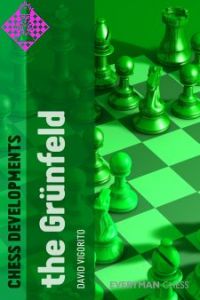 Chess Developments: The Grünfeld24,95 €
Chess Developments: The Grünfeld24,95 € -
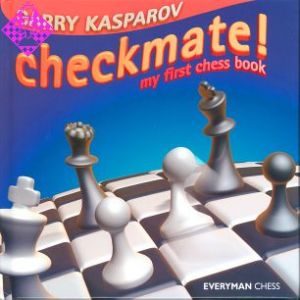 Checkmate!13,95 €
Checkmate!13,95 € -
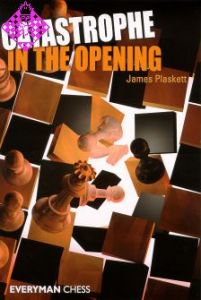 Catastrophe in the Opening17,95 €
Catastrophe in the Opening17,95 € -
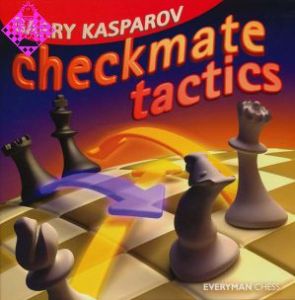 Checkmate Tactics11,95 €
Checkmate Tactics11,95 € - Mehr von Everyman

